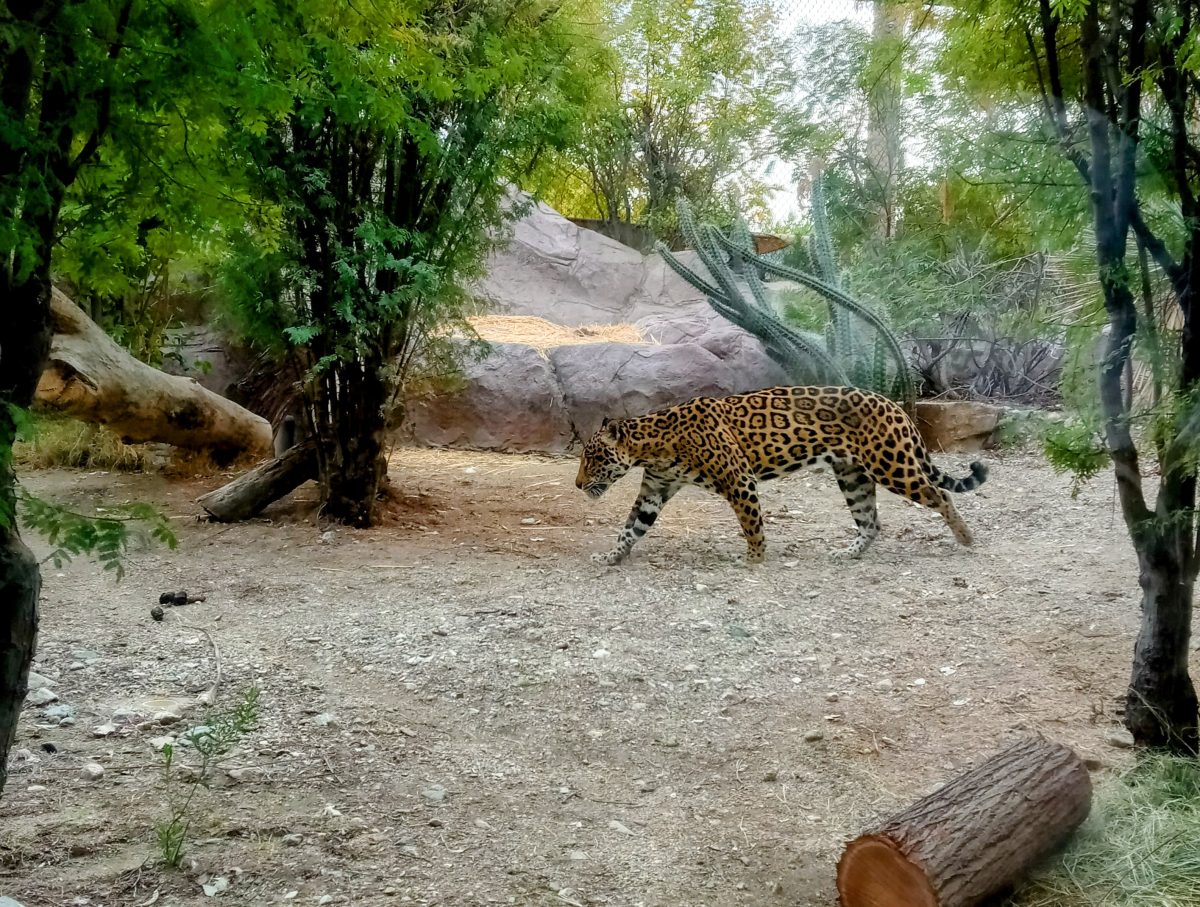The boreal forest of Michigan’s upper peninsula is the ideal habitat for a handful of deadly predators. One of these animals is a Cougar. Despite the Michigan Department of Natural Resources’ ongoing refusal to monitor big cat populations in the state, there has been a confirmed cougar sighting.
Eli Schaefer of Houghton, Michigan had a trail camera set up in the woods. Although he didn’t realize it until a few days later, the camera had recorded a cougar on Dec. 30. The video shows the predator killing a deer. Also known as mountain lions or pumas, this species (puma concolor) is rare in the Midwest.
This recording is a huge deal for wildlife conservation efforts in the state. There have only been 106 confirmed sightings of any big cats in Michigan since 2008. The video reinforces the glaring problem with the reluctance of the Michigan DNR to monitor these species. Ongoing efforts to control deer populations in the state by shooting the animals have faced public backlash for years, and yet the solution continues to be ignored.
Cougars eat deer. If the Michigan DNR put more effort into conservation efforts of big cats it would solve the problem with deer overpopulation. Regardless of whether this video draws the attention of the DNR, it is still momentous for wildlife conservation in the state.
Outside of Michigan, there have also been historic big cat sightings in the U.S. A jaguar sighting in Arizona this month is the eighth sighting since 1996. These cats have been on the endangered species list since 1997 and tend to only reside in Central and South America.
Caught on Jason Miller’s trail camera, the jaguar was recorded near Tucson. Kudos to the Arizona Fish and Game Department for their timely authentication of this jaguar sighting. The Michigan DNR should be taking notes.
Other than Cougars, Canada lynx and bobcats also reside in Michigan. The Michigan DNR does not track their populations either and has frequently refused to verify reported sightings. All three of these cats are more commonly found in the upper peninsula but this cougar video is the first confirmed sighting of any of them in months.
Both of these recent big cat sightings in the U.S. are encouraging signs of potentially stable populations. Healthy predator populations keep prey populations under control with minimal human interference. Despite inaction on the part of the DNR, these sightings are a sign that big cat populations in Michigan and the rest of the country are stable and thriving.
Programs like the Michigan DNR Wolf Management Advisory Council monitor species populations and can protect vulnerable populations. The DNR’s website has information on cougar sightings in Michigan (82 since 2008) but there is absolutely nothing on bobcats or Canada lynx.
2024 could be a big deal for big cat conservation. I implore the Michigan DNR to follow the example set by the Arizona Fish and Game Department by paying attention to these vital members of our ecosystems.










